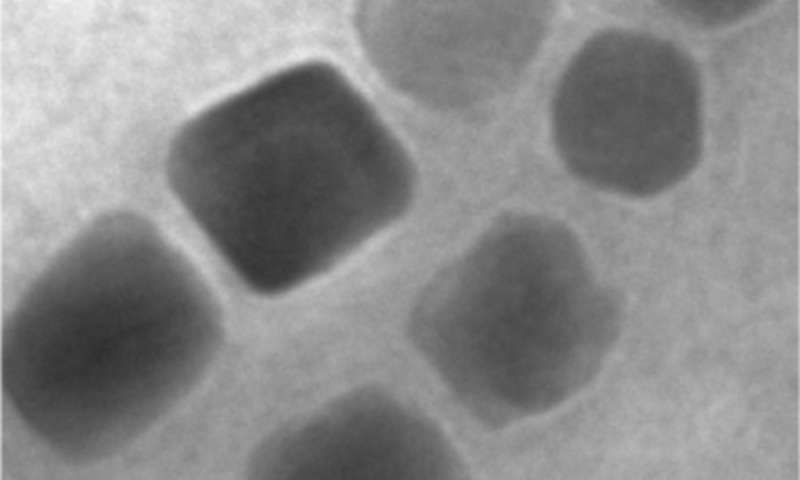

The hypothesis suggests that every 25-26 million years, something shifts the Oort cloud, which causes some comets to fall in towards the sun and a possible impact with the Earth. In particular, comets in the Oort cloud were sited as being the most likely culprit (see figure above). There is no known terrestrial geological process that could cause this frequency of problems for the biosphere so it was suggested that an extra-terrestrial source may be to blame. They analyzed the number of mass extinctions during the Phanerozoic and concluded that there was severe stress in the biosphere, sometimes associated with a mass extinction event, every 25 million years. Sepkoski (1984, "Periodicities of extinctions in the geologic past", Proceedings of the National Academy of Science, 81:801-805), produced some worrying data in the early 1980s. this is one of Australia's YOUNGEST ECOSYSTEMs yet are a window to what life was at its evolutionary youth act as scaffod for marine plants, food for fish and crustaceans. GENERALLY, this region is Fluorishing with Stromatolites Some other Underwater Stromatolites have stopped growth and are eroding In INTERTIDAL ZONES = they are subject to colonization by other microbial organisms or EROSION the LEVEL of the SEA has FALLEN by 1.5 meters in the last 2000 years, some Stromatolites are now left exposed in the INTERTIDAL ZONE

Beneath 4 meters CALCIFICATION does not occur 2000 years ago Stromatolites began to form at about 4 meters depth around the margins 4000 salinity began to increase (noted in special species of bivalves Rising Sea levels flooded 6000 years ago These conditions have only existed for the last 2-3000 years (10,000 ya the area was dry land) High Salinity and Low levels of Nutrients has controlled potential PREDATORS and COMPETETORS In Hamelin Pool Shallow Margins a wall of Sand has partially isolated the Embayment, Salinity is 2X that of Sea Water

today Stromatolites only exist in unique env'ts where slow growing structures can gain a foot hold tHey are able to trap and bind sediment grains together to form COHESIVE MATS, which then become Cemented by CALCIUM CARBONATE taken from sea water. Stromatolites are formed by communities of microbes that live on the sediment surface. "We will be doing much more with this technology, but it's already becoming clear that there have been many fluctuations in trace metal levels over the millennia and these may help us understand a host of events including the emergence of life, fish, plants and dinosaurs, mass extinctions, and the development of seafloor gold and other ore deposits," says Ross.- between 3.5 billion years ago (evidence of first life) and 600 million years ago (first plants and animals) Stromatolites were the only life on earth "We think this recovery of oxygen levels led to a significant increase in trace metals in the ocean and triggered the 'Cambrian explosion of life'. "But the technology we have developed to find minerals can also tell us much about the evolution of life."Īfter an initial burst of oxygen, the study plots a long decline in oxygen levels during the 'boring billion' years before leaping up about 750-550 million years ago. That's a focus of the Centre for Ore Deposit and Exploration Science (CODES), which we established with ARC and industry funding at UTAS in 1989," Ross explains. "We were initially looking at oxygen levels in the ancient oceans and atmosphere to understand how mineral deposits form, and where to look for them today. And by measuring the levels of certain trace elements in the pyrite, using a technique developed in our labs, we've found that we can tell an accurate story about how much oxygen and nutrients were around billions of years ago." "We've looked at thousands of samples of the mineral pyrite in rocks that formed in the ancient oceans. Oxygen levels are presented as %PAL (Present Atmospheric Levels), where 100% PAL represents the Earth's atmospheric oxygen at the present day. The red line represents the estimated oxygenation curve based on the abundance of the trace element selenium (Se) in pyrite samples.


 0 kommentar(er)
0 kommentar(er)
